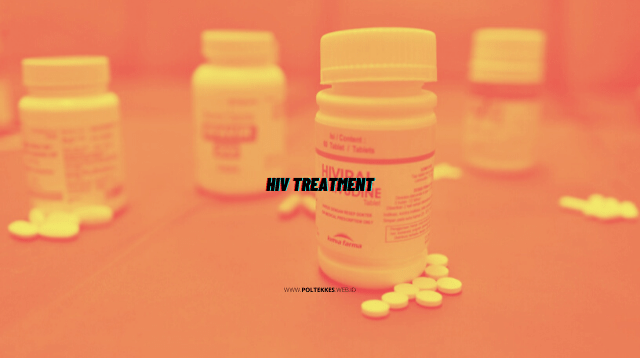Although global commitment to control the HIV/AIDS pandemic has increased significantly in recent years, the virus continues to spread with alarming and increasing speed. By the end of 2005, an estimated 40 million people worldwide were living with HIV infection or disease, a notable rise from the 35 million infected with HIV in 2001 (UNAIDS 2005). In 2005, close to 5 million new HIV infections and 3 million AIDS deaths occurred, more of both than in any previous year. Sub-Saharan Africa remains the region most affected by HIV/AIDS; however, the virus is now spreading rapidly in Asia and parts of Eastern Europe.
Despite the rapid spread of HIV, several countries have achieved important success in curbing its transmission. The extraordinary potential of HIV prevention is exemplified by such diverse efforts as Thailand’s 100 percent condom program, Uganda’s remarkable decrease in HIV prevalence, and the community-based syndromic management of sexually transmitted infections (STIs) in Mwanza, Tanzania.
Successful HIV Prevention Strategies
The HIV prevention success stories highlighted in this chapter stem in part from each country’s unique cultural, historical, and infrastructural elements. Nevertheless, these successes share several common features, thereby offering potential guidance for the development and implementation of prevention strategies in other settings.
These features include:
- High-level political leadership
- Active engagement of civil society and religious leaders in a multi sectoral approach
- Population-based programs designed to change social norms
- Increased open communication about sexual activities and hiv/aids
- Programs to combat stigma and discrimination
- Condom promotion
- Sti surveillance and control
- Interventions targeting key “bridge” populations populations that transmit the virus from high-risk to low-risk groups.
Most people who could benefit from available control strategies, including treatment, do not have access to them. Modelers commissioned by the World Health Organization (WHO) and the Joint United Nations Programme on HIV/AIDS (UNAIDS) determined that existing interventions could prevent 63 per-cent of all infections projected to occur between 2002 and 2010 (Stover and others 2002). Nonetheless, a 2003 survey of coverage revealed that fewer than one in five people at high risk of infection had access to the most basic prevention services, including condoms, AIDS education, MTCT prevention, voluntary counseling and testing (VCT), and harm reduction programs (Global HIV Prevention Working Group 2003).
WHO and UNAIDS estimate that only about 7 percent of the nearly 6 million people in need of treatment receive it and that the number of people who require antiretroviral therapy increases by 8,000 each day (UNAIDS 2004).
Current coverage shortfalls, combined with the relentless expansion of the epidemic, underscore the acute need for rapid scale-up of prevention and treatment interventions—an imperative that the international community has acknowledged but that remains to be realized after more than 15 years.
However, the activities of the Global Fund to Fight AIDS, Tuberculosis, and Malaria and the U.S. President’s Emergency Plan for AIDS Relief (a five-year, US$15 billion initiative) suggest a growing commitment to tackle these issues. The latter aims to provide antiretroviral drugs for 2 million HIV-infected people, to prevent 7 million new infections, to provide care for 10 million individuals, and to develop health system capacity in Vietnam and in Africa and the Caribbean. Even though 15 countries are currently slated to receive support from the President’s Emergency Plan, many of the countries most affected by HIV/AIDS including Lesotho, Malawi, Swaziland, and Zimbabwe—are not included in the list of beneficiary countries.
Because antiretroviral therapy has historically been unavailable in most developing countries, national programs have lacked the means to undertake a comprehensive approach to HIV/AIDS (notable exceptions are Argentina, Brazil, and Mexico, which provide universal coverage for antiretroviral therapy). As discussed in chapter 8, control of the pandemic demands a two-front battle that emphasizes both prevention and care. Even though the prospect of greater access to treatment increases the feasibility of integrating prevention and care in resource-limited settings, it also raises new questions regarding the selection of optimal prevention programs to pair with treatment programs.









